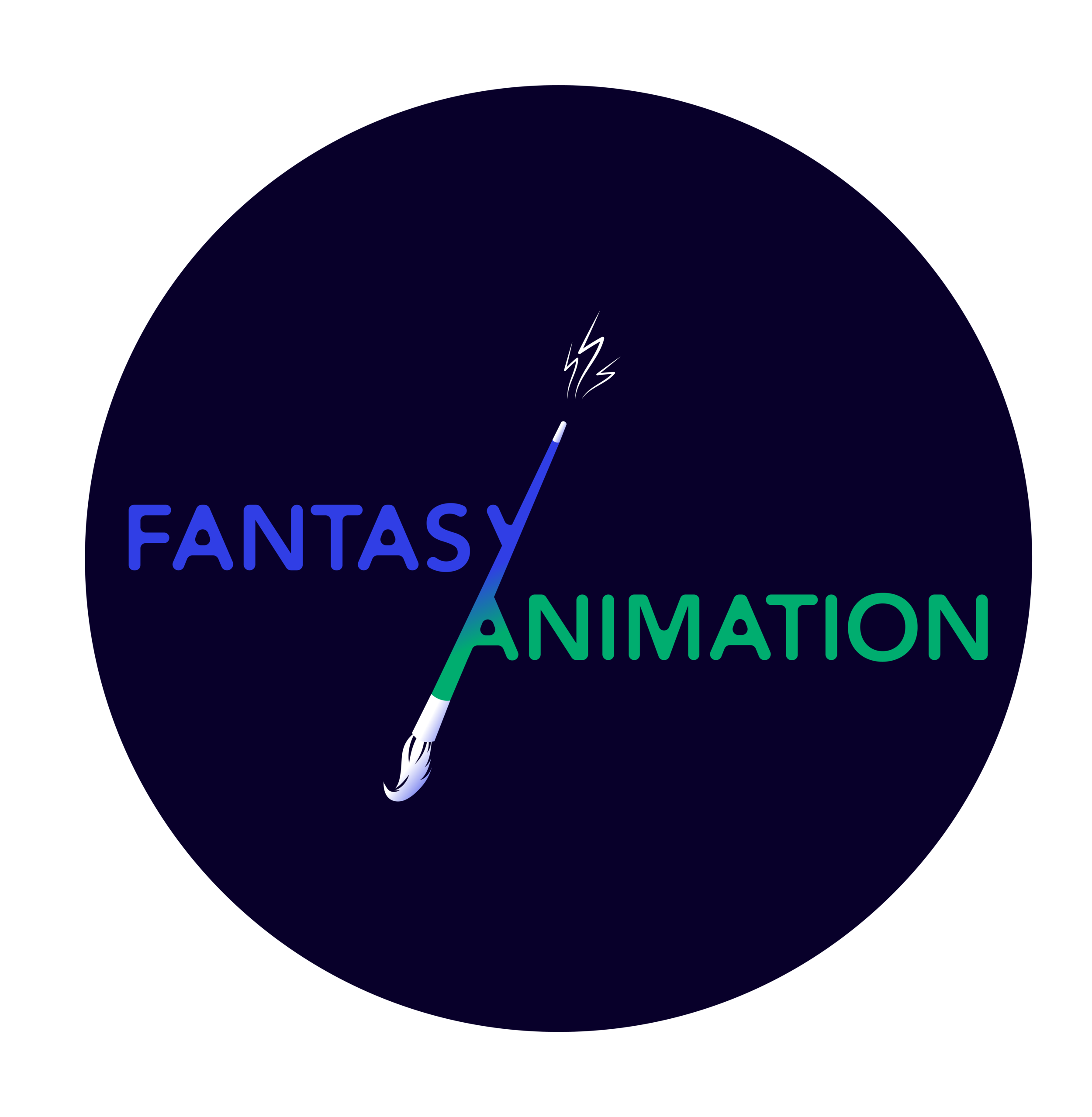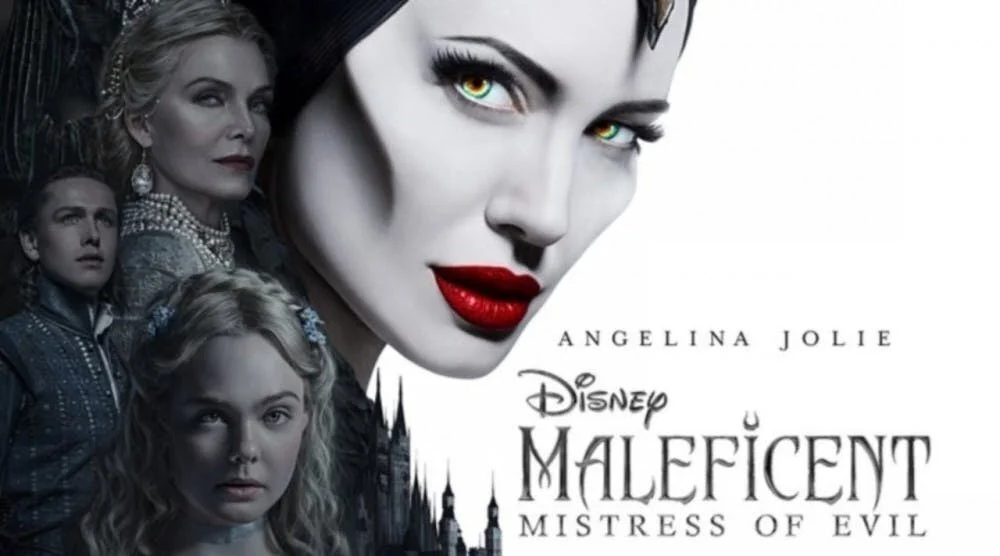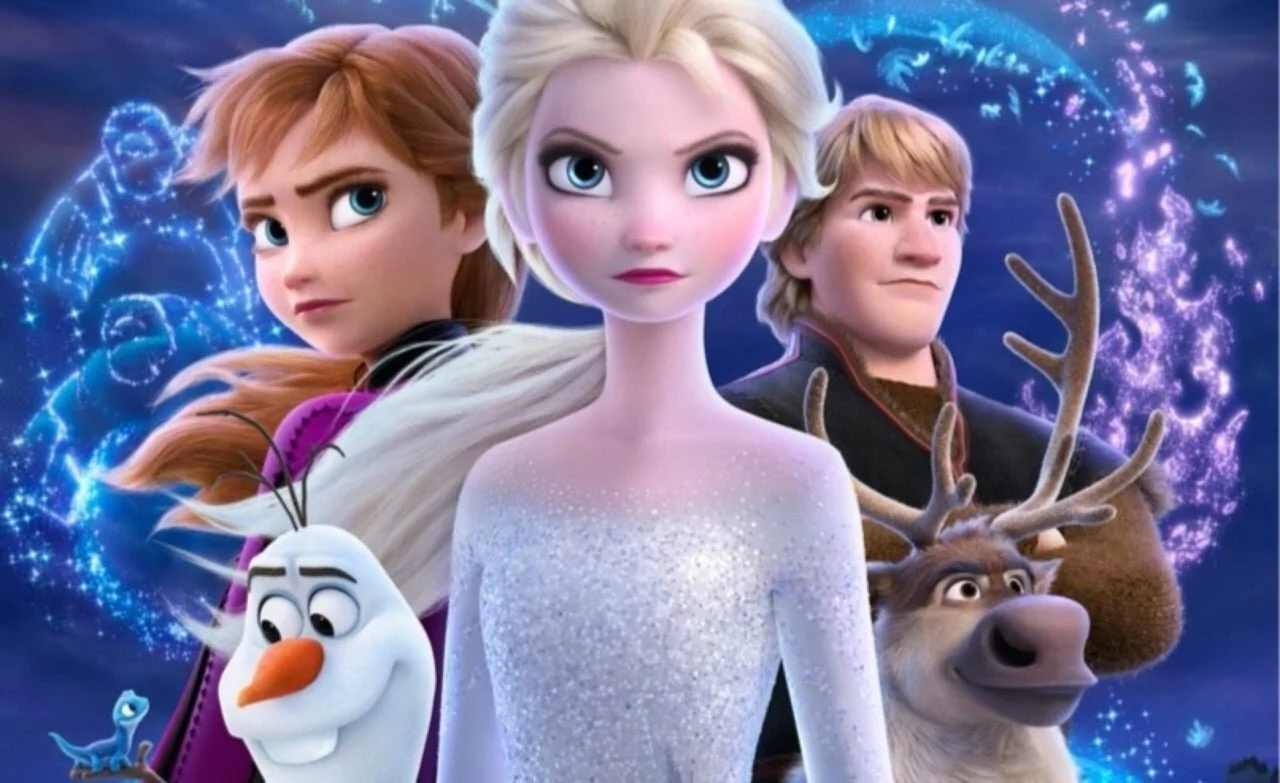Michael Dougherty’s Godzilla: King of the Monsters (2019) was the thirty-fifth feature to star the giant kaiju (the Japanese word generally used to refer to giant movie monsters). Although it was the latest in a series of films spanning 65 years, it was only the fourth time that “the Big G” had appeared as a fully digitally animated creature, discounting the anime series on Netflix (2017/8).
Read MoreFrom the multi-sunned vistas of Star Wars VIII: The Rise of Skywalker (J.J. Abrams, 2019) to the Slavic monster-hunting in Netflix’s The Witcher (Lauren Schmidt Hissrich, 2020) there has been an immense rise in fantasy and science fiction fuelled by spectacularly crafted movie magic.
Read MoreTwo recent big screen biopics released within a few months of each other between October 2018 and May 2019 offered notably contrasting portrayals of popular musical icons. But if the lukewarm critical reception surrounding recent Freddie Mercury/Queen biopic Bohemian Rhapsody (Bryan Singer, 2018) put the genre under scrutiny for its questionable re-appropriation of real-life, then Rocketman (Dexter Fletcher, 2019) seemed remarkably immune to such criticisms.
Read MoreThe awarding of the Golden Lion to Todd Philips’ Joker (2019) at the Venice Film Festival in 2019 illustrates the overwhelming significance of comic book material and its characters for the contemporary Hollywood film industry. Telling the origin story of Joker, Batman’s nemesis, through the development of a violent, nihilistic character, Joker subverts the heroic expectations we might expect from a perceived comic book film.
Read MoreIn Sylvain Chomet’s first animated feature film, The Triplets of Belleville (2003) there is a key scene in which the main event simply concerns the barking of a dog out of the window at a passing train. This scene, which is going to be explored here in this sequence analysis, connects the childhood of Champion, the film’s main character, to the present time (of the film’s narrative, which takes place around 1950s), when we meet him as a young cycling athlete training for Tour du France, accompanied by his ever present, loving and supportive grandmother Madame Souza.
Read MoreThe University of the Creative Arts (UCA) in Farnham, UK, was the setting for a recent one-day interdisciplinary symposium that confronted the irreverence and subversive potential of caricature and cartoons, pitting together multiple forms of animation with alternate modes of printed and graphic communication to illuminate the power of political (and politicised) pictures.
Read MoreA scientific experiment goes awry and rips a hole in the fabric of reality. It is a gateway to a parallel universe, similar to our own in some ways, yet vastly different in others. The concept of alternate universes coexisting within a broader multiverse has been a staple of science fiction and fantasy since Michael Moorcock first adopted the trope in his 1963 novella The Sundered Worlds. A fictional multiverse opens up an extraordinary range of new possibilities for creative storytelling, unconstrained by a single world’s established history or even its laws of reality. It is that malleability that makes multiverses the perfect narrative framework for a crossover story.
Read MoreOn 23rd June 1991, the first Sonic the Hedgehog game was released. For almost 29 years since this first appearance on the Sega Genesis, Sonic has been loved all around the world for being the fastest, coolest hedgehog the world has ever seen, and for being an enduring and iconic figure within the gaming industry.
Read MoreMy contribution to this blog will stress the animated more than the fantastical because I am here more concerned with the resemblance certain animated films – specifically Pixar’s CG animated features – possess to the solidity and concreteness of the so called “classical” style of live action cinema.
Read MoreThe Walt Disney Company does not have the best record when it comes to diverse ethnic and racial representation. Despite spending the latter half of the last decade trying to rectify this problem across its Disney, Pixar, and Marvel Studio offerings, attempts to broaden on-screen representation still leaves both audiences and critics wanting.
Read MoreDespite working at the Walt Disney studios during the Golden Age of American animation, Ward Kimball is in some ways an odd choice of subject for a biography. The animator worked mostly behind the scenes, never directed a feature film, most of his work on famous films was cut, and he was never a household name in his own lifetime. On the other hand, he is as fascinating a subject as a biographer could hope for: a talented, creative craftsman, an eccentric who built a stretch of railroad and drove a steam train around his suburban backyard, and a skilled musician who played trombone in a long-running Dixieland jazz band.
Read MoreWhat does animation when utilised in cinema have to do with the Anthropocene? This term emerged in the scientific community at the turn of the millennium as a way of categorically establishing the impact of humans (or Anthropos) on Earth by naming the current geological era after them. I seek here in this blog post to think about the relationship between special effects and a geological era characterised by human activity on Earth – global warming, the sixth mass extinction, mass migration.
Read MoreAnnihilation (Alex Garland, 2018), a science fiction film set in the present day, stands out as a compelling example of fantasy/animation through its representation of chimerical monstrous creatures. The film contains uncanny imaginings of alligator-shark hybrids, skull-faced bears that growl with human voices and flower patches spectrally arranged in the shape of the human body.
Read More2019 was a bad year for cats: deaths of notable cats and cat owners, political defeat, and finally, worst of all, Cats (Tom Hooper, 2019) (Fig. 1). When the first Cats trailer was released last summer, it was soon subject to hyperbolic displays of disgust across social media. Reviews of the eventual film were no better. And all the criticisms are true.
Read MoreIt’s Christmas in the Western world, which, in the United States at least, means it’s time for holiday movie marathons! As per tradition, thousands of Americans gather around the television to watch animated classics like How the Grinch Stole Christmas (Chuck Jones & Ben Washam, 1966), A Charlie Brown Christmas (Bill Melendez, 1965), Frosty the Snowman (Jules Bass & Arthur Rankin, Jr., 1969), A Nightmare Before Christmas (Henry Selick, 1993), and, of course, Rudolph The Red-Nosed Reindeer (Larry Roemer, 1964).
Read MoreBefore Frozen II (Chris Buck & Jennifer Lee, 2019), if you had have asked me what my fantasy ideal Frozen sequel looks like I would have probably answered that there be no sequel at all. Frozen is, to me, practically perfect. Any attempt at continuation could only be disappointing. However, Frozen Fever (Chris Buck & Jennifer Lee, 2015), the short film that accompanied the release of Disney’s live-action remake of Cinderella (Kenneth Branagh, 2015) is an ideal compromise.
Read MoreHave you ever dreamt of being able to guess the contents of a book, at a glance, simply by flipping through the pages ? This would be a very useful superpower for any student, or teacher, to have. When I saw Wonder Woman’s Jaimie Powers using this skill on television at a young age, the fantasy of instant-reading stayed strong in my heart, leading me to finally develop a pile of Flipped Books as part of my own creative practice.
Read MoreBloomers is an animated film that had an unlikely gestation. It started as a commission from a contemporary music orchestra in Vienna (Klangforum Wien) as a response to Christian Felber’s economic manifesto The Economy for the Common Good, a sustainable alternative to greed-based capitalism published in 2010. The manifesto is to change the ultimate goal of business solely from making money, to a meaningful, fulfilling and dignified life for all the participants.
Read More



















